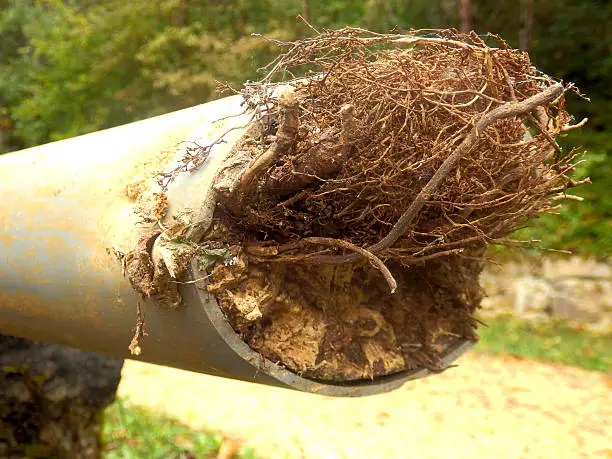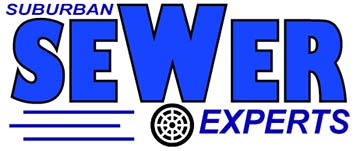
You never know how essential your main sewer line is until it stops working. According to Superior West Property Management, most homeowners don’t even know the location of their sewer line. They know that every time they flush their toilet, the waste goes somewhere, but they can’t tell where it goes.
But all that changes when the sewer line fails, and they cannot use their home’s plumbing. Worse still, if the issues in the sewer line are major, the homeowner could be looking at several thousands of dollars in repair costs for their sewer pipes and related damage.
What is the main sewer line, why does it clog, and what can you do to solve the problem?
The function and location of the main sewer line
The main sewer line handles all wastewater (plus sewage). It transports wastewater from your home into the public sewer lines. Every drain in your home – plumbing fixtures and appliances – eventually links up with the main sewer line.
Sewer lines help to keep your drinking water safe by ensuring that the used-up water in the drains does not mix with the clean water inside the freshwater pipes. Sewer lines ensure your home’s sanitation by preventing contact with the unsanitary contents of your drainpipes.
Typically, you can locate your sewer line by looking for the sewer cleanout on your property. That is a capped pipe that provides easy access to the sewer line. It sticks above the ground and may be sealed with a threaded cap labeled S, C.O., or cleanout.
7 common causes of sewer line clogs
Foreign objects in the sewer line
Ideally, the only objects that should go into your toilet are human waste and toilet paper. But if you make a habit of dumping items like wipes, paper towels, diapers, feminine hygiene products, and latex condoms into the toilet, you may expect sewer line blockage.
Human and pet hair
The human body sheds huge amounts of hair yearly, but you don’t see this process because it happens very slowly every day. Human and pet hair, once inside the sewer line, can tangle with other debris to form balls that block the sewer line.
Soap scum
This is a problem for areas with hard water. When soap mixes with hard water, it forms a sticky insoluble whitish substance called soap scum. Inside the sewer line, soap scum will line the walls of sewer pipes and trap the debris inside wastewater. With time, this can lead to sewer line blockage.
Improper disposal of food waste
Fats, oils and grease are particularly troublesome for your sewer line. That is because they solidify into a hard, sticky mass that traps debris. Other food waste that causes problems in a sewer line are coffee grounds, eggshells, starchy foods and stringy vegetables.
Aging and corrosion
Sewer lines naturally become more problematic as they age. However, this process can be slowed or accelerated, depending on how the sewer line is used. Frequent use of chemical drain cleaners, for example, will harm the sewer line because the chemicals in these products will erode the pipe materials, weakening the sewer line.
Tree roots
Tree roots are another common cause of sewer line problems. If tree roots penetrate a sewer line through cracks or weak connections, they can grow into a twisted ball and block the entire pipe channel. Tree roots can also displace a sewer line by growing around it.
Ground movements
This problem can be due to artificial or natural causes. Changes in the position of a building as a result of “house settling” can cause sewer line problems. Soil erosion and flooding may also destabilize the soil surrounding a sewer line, causing it to sag or even collapse.

What to do about sewer line clogs
The best way to deal with sewer line clogs is to prevent them. But if your home’s sewer line is already clogged, the steps to fix the problem are as follows:
Do a sewer camera inspection
This is a visual inspection of the sewer line using a specialized camera. It ensures accurate diagnosis of the problems.
Clean the sewer line
If the sewer line is clogged but not cracked, you can fix the problem by cleaning the line. The best way to clean your sewer line is with hydro-jetting.
Repair the sewer line
If the sewer line is damaged, you have a bigger problem that cannot be solved by simply hydro-jetting the line. To fix a broken sewer line, you must repair or replace it. The right solution depends on the nature and extent of the problem.
Are you dealing with sewer line issues in your home, and would you like to get an expert opinion on the origin of the issues, how to solve them and prevent a future reoccurrence? You can talk to us…


